 |
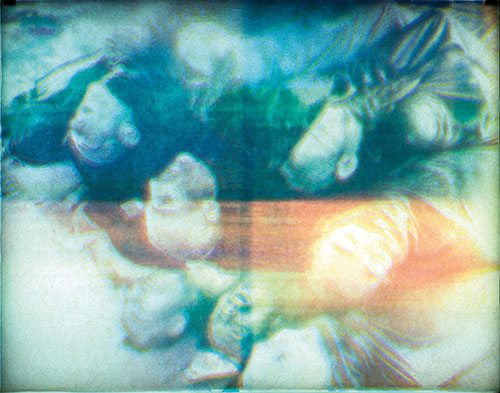 |
 |
| Opposition Against the Photographic Nature of Photography |
| Photography surpasses other branches of art as far as its capability of faithful copying of visible reality is concerned. Its mimetic functions are undeniable, as well as the ability to freeze one fleeting moment in time. Due to these features of photography it is difficult to achieve an abstract photographic picture, although of course it is possible. Remigiusz Biernacki balances on the verge of the potential of photographic medium and photographic technology – on the one hand he tries to overcome them, while on the other he makes use of them. He is also unafraid of crossing the boundaries of this branch of art, posing a question about new possibilities of the evolution of photography. Biernacki mainly photographs frail, fragile objects which are used up, unwanted or thrown away. He registers objects their previous owner wants to forget about and which he often abandons and destroys before getting rid of them, although we usually do not think much of this. An example of such an object may be a sheet of paper on which we take notes; once the information that has been jotted down loses its importance or when the writing is deemed ineffective, the sheet is dumped into a garbage can. Taking photographs of such objects Biernacki in a way “restores them to reality”. Consequently he refers to the basic function of the medium as to the only proof that a given fact has taken place, establishing something that may be called the photographic memory of the world. In the case of this artist the registration of an object has nothing to do with sentimentalism. Biernacki’s interest is focused on formal problems and his intention is to turn our attention rather to the increased attractiveness of the object’s form, attained by way of its destruction, than to the content or meaning it had contained beforehand. Technologically speaking, he makes use of the philosophy of error. Biernacki employs strong chiaroscuro contrasts, juxtaposing overexposed fragments with darkness which lets him emphasize the structure of the material. Moreover, he produces works composed of many overlapping layers in which he slightly realigns the image, arriving at the photographic object in the end. In his works a thin sheet of paper gains spatiality and flat photography – a third dimension. The sculpture-like appearance of the crumpled object is achieved thanks to specific lighting, but also thanks to the combination of a few slides and their presentation as a single image. Therefore, we can say that the process leading to the destruction of the object is brought to a halt by Biernacki, while the object on which our eyes focus thanks to the camera lens gains a new quality. The photographed object becomes for the artist a module for creating photographic compositions. Therefore, it deprives the picture of its mimetic character and turns it towards abstraction. In all the works of this artist we can see the attempt to arrange the system of given elements, for example using symmetry. Biernacki very frequently uses the division into 9 rectangles, each one of which is a single crumpled sheet of paper. He breaks up the regularity of this division not only by means of accidental creases which he underlines with lighting, but also by means of displacing one of the layers. Thus he balances on the verge of chance and geometrical order which brings to mind the art of Henryk Stażewski who studied this problem in painting. By concentrating on accidental effects that are the result of man’s spontaneous actions (like crumpling or tearing), Biernacki opposes the perfection of photography, originating from its objectivization, and introduces into his works an artist’s gesture which is coupled with the element of chance. It is interesting that Biernacki has also reached for certain objects that come from the sphere of instruments used by photography itself, for example for outdated polaroids. In this way he turns our attention to the fact that this branch of art is dependent on various technical and technological possibilities. The artist tries to break these restraints – he uses materials now unable to perform their original functions and tries to find a new quality in them. Covering the polaroid paper with emulsion Biernacki achieved results which come close to painting. In effect he produced abstract pictures that belong to painting as much as they do to photography and that visually resemble hot abstraction from the 1950s and 60s, although they are very subtle in their colouring. An important feature of Biernacki’s Structures is the fact that he puts his works together from several elements. We may see this both in the arrangement of photographs based on the above-mentioned division into 9 fields and in the works that include several overlapping layes of images – like slides or positives and negatives. Using a multi-layered structure Biernacki recalls oil painting because the oil-painter also uses several layers of paint and can always put another one over those fragments which he considers to be a failure. In painting one can also paint a brand new picture over the old one, often without any harm for the overall effect. Works produced with overlapping layers are also characteristic for screen-printing where different screens are prepared for different colours. Biernacki’s Structures also contain works that were produced as screen-prints, and indeed, each colour has been printed on a separate sheet of paper. The artist presents them as layers connected only on the edges, so that the airstream caused, for example, by people passing by, makes the layers flutter, move towards or away from one another, and even the image they carry sometimes gives the illusion of movement. This kind of editing deepens the impression of the image’s spatiality, too. An important work for the Structures exhibition is an installation called untitled because in it we can find most of the results of the artist’s preceding investigations. Untitled consists of two separate works. One is a screen-print showing a documentary war photograph from Dachau. Although there is no caption, a photograph of rows of emaciated dead human bodies will be undoubtedly associated, at least by the Polish public, with German concentration camps of World War II. Biernacki, however, transferring and translating this photograph into the language of screen-printing, deprived it of its literal character. The movement of the work caused by air vibration allows us to associate it with transitoriness, with the ephemerality of memories or even erasure of memory. The form used by the artist allowed him to universalize the message. Opposite this work we will find another picture - which at first glance looks abstract. A careful viewer will note, however, that it is based on the very same photograph from Dachau. In this case the artist reached for the image-transforming possibilities offered by overlapping slides – and each slide contained only several elements of the original photograph. As a result Biernacki achieved a very spatial form, rarely associated with war photographs. Between these two corresponding works the artist hung a large transparent plane. Whoever stands in front of it sees the work before him and the reflection of the work behind him as well as his own reflection and the reflection of people passing by. This plane becomes a kind of a reality lens which contains images from various dimensions: the image of reality (of our here and now, which makes for the artistic dimension), the image of space in Biernacki’s works and the image connected with memory which includes memories and remembered images, often very fragmentary, registered in our minds. Therefore this is the place in which all layers of images and memories, earlier deconstructed by the artist, are again connected into one whole, this time by the viewer. A significant element of Biernacki’s art is light. The use of slides and special lighting of the objects makes it possible for him to accentuate the spatiality of the multi-layered system and emphasize the structure of the objects. Light also lets him put the image together which can be especially seen in works composed of a screen-print divided into three layers of colour. This enormous role of light makes Biernacki’s works remain within the limits of photography which he quite considerably stretches as an art form. Structures also show that another important element for Biernacki is space which he tries to introduce into photography. We can say that by means of photography he also tries to find space in other spheres of reality, like the human memory. His works have much in common with various branches of art although they originate from and most of all belong to photography – Biernacki starts from the revealing of structures closely connected with technology of photography and arrives at a form which lets him reveal the structure of memory. |
Karolina Jabłońska translated by Maciej Świerkocki |
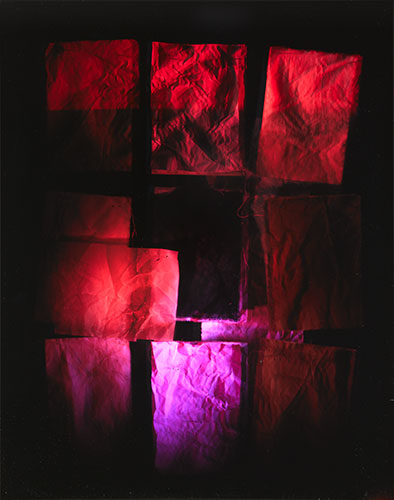 |
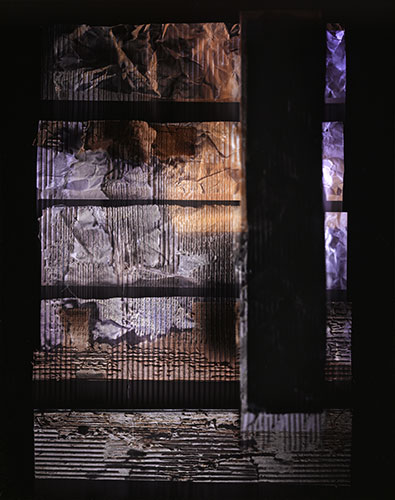 |
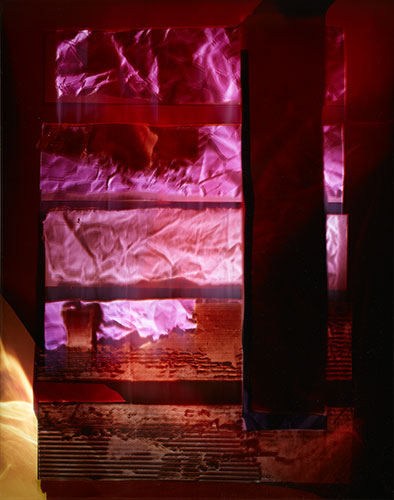 |
 |
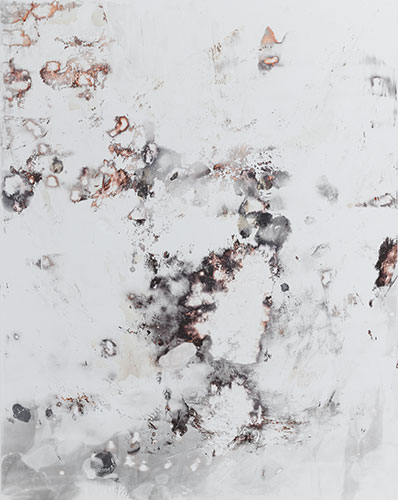 |
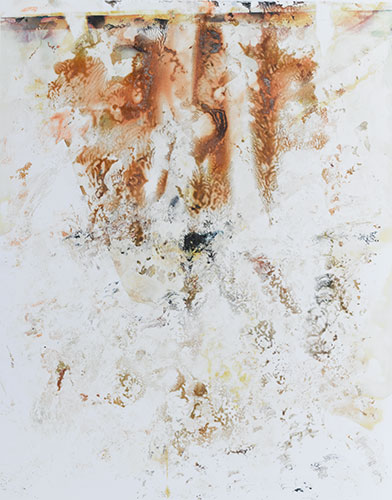 |
 |
Copyright ©2013 Galeria FF ŁDK i Autorzy |